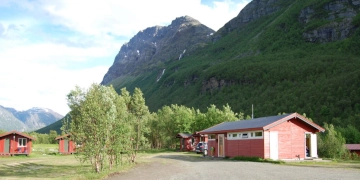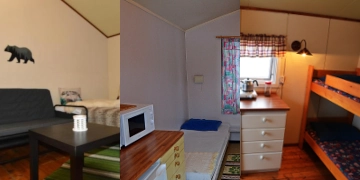
The Sami people, who are an indigenous people of the Arctic regions of Norway, Sweden, Finland, and Russia, have a traditional calendar that is based on eight seasons, rather than the four seasons that are commonly used in most cultures.
There`s many practical reasons for both reindeer herders and sea sami people as it describes when things should or have to be done during the seasons.
Today it`s actually suitable to describe which period and months are mostly alike. F.i the months that has similar conditions to see the northern lights.
The eight seasons of the Sami calendar are:
- Vuojngeahcci: The spring thaw, which typically takes place in late April and early May.
- Rávdo: The growing season, which begins in May and continues through June.
- Guovvamánu: The midnight sun, which occurs in June and July and is characterized by continuous daylight.
- Suoidnemánu: The haymaking season, which begins in July and lasts through August.
- Boazoejohka: The autumnal equinox, which occurs in September and marks the transition from summer to fall.
- Gor’bmeluoddar: The reindeer calving season, which typically takes place in October.
- Julebmanu: The Christmas season, which begins in December and lasts through January.
- Giessemánu: The winter season, which begins in February and lasts through March.
These eight seasons were originally defined by the natural cycles of the environment and the traditional livelihoods of the Sami people, such as hunting, fishing, and reindeer herding. Each season has its own specific activities, and traditions that go along with it, for example, during the “Guovvamánu” the people are busy with their fishing and boating activities and during the “Boazoejohka” season the reindeer herders begin to prepare for the migration of the reindeer.


